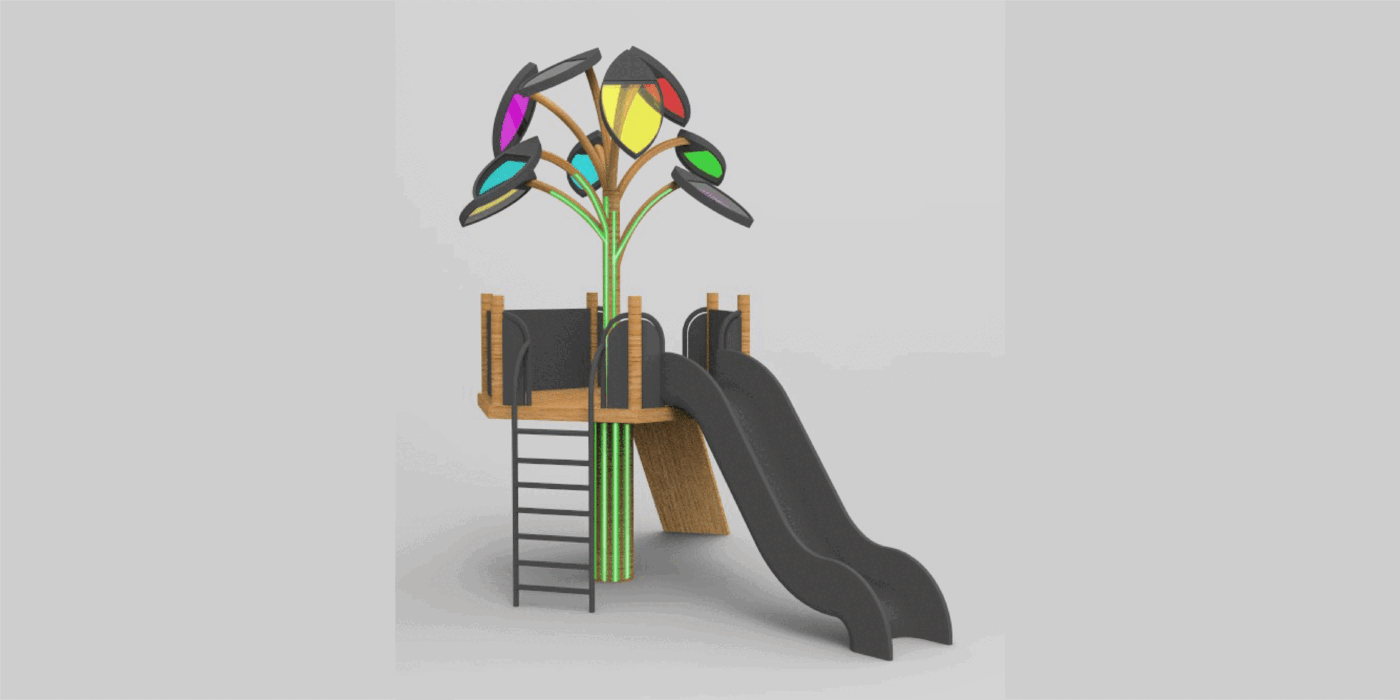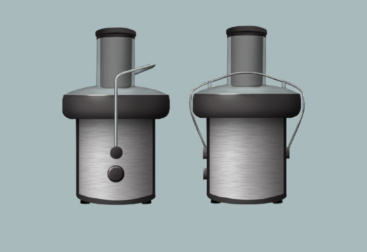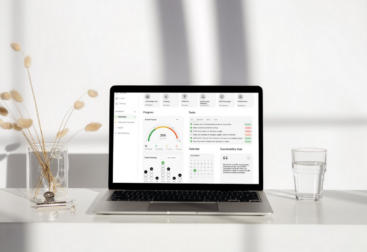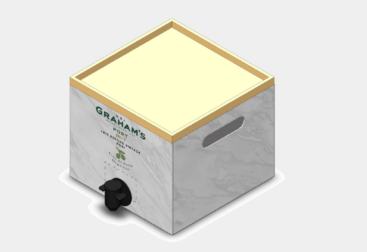In the first module of the Master’s programme, there was a project that incorportad Luminescent Solar Concentrator (LSC) technology. The assignment was to design a product that contains LSC technology, which can be implemented in the build environment.
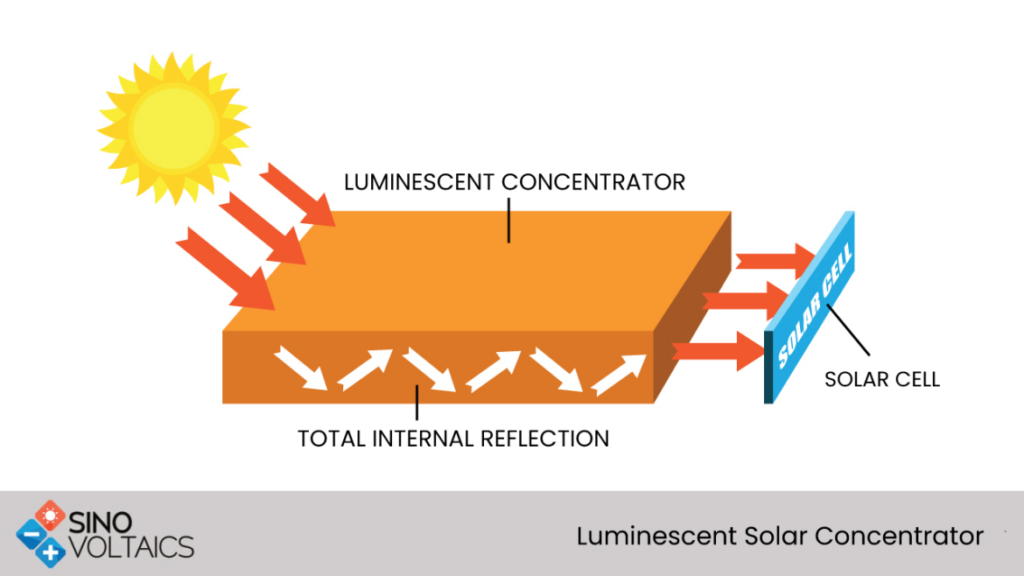
A LSC is a polymeric or glass waveguide that has luminescent molecules embedded in it. When sunlight penetrates the surface of this waveguide, the absorbed light is re-emitted and a fraction of this light is captured in the waveguide by total internal reflection. This results in the light being concentrated along the edges of the waveguide. Photovoltaic cells are attached to these edges, which collect the light and convert it into electricity.
By integrating this technology in the build environment, a small win can be achieved regarding the generation of solar energy. This technology is not a replacement of solar panels, but rather an addition to the already existing infrastructure. Because the assignment and it’s implementation field were rather broad, it was exciting to generate ideas for the implementation of this commercialy new technology.
Product Development Process
The product development process of this product contains the integration of an innovative technology. Because of this integration, this project required us to use suitable design methods throughout this process. Therefore, six different innovation methods are used. Namely, the Delft Innovation Method, Multilevel Design Model, Innovative Design & Styling, TRIZ, Risk Diagnosis Methodology and Roger’s diffusion. In each phase of the process, innovation methods have been used to make more fitting decisions.

Final Concept
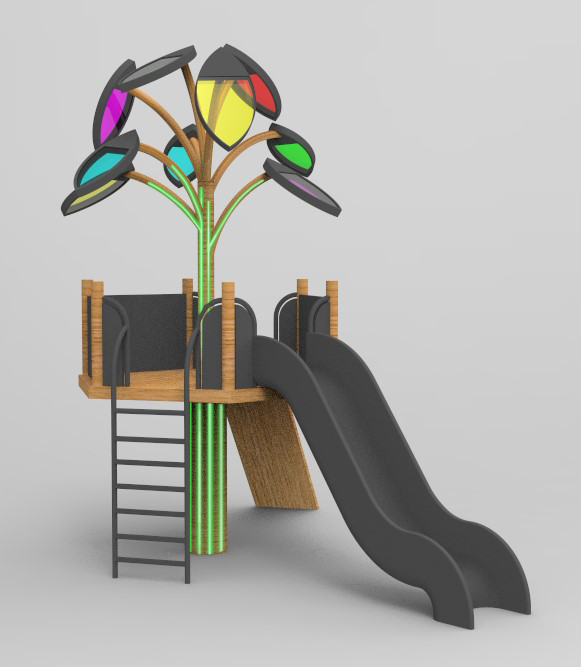
Using these different methods, the concept of a LSC-integrated playground was created. The form of the playground is inspired by a tree and integrates different coloured LSC-panels that are shaped like the leafs of the tree. The trunk of the tree contains LED lightning that lights up when the panels generate energy from sunlight.
The tree trunk with the LSC-panel leafs is stagnant, while the playground attributes are modular. The image above shows the playground containing a slide, but this can easily be replaced with, for example, a climbing wall. In addition, different trees can be connected with each other, creating a bigger playground.
To create awareness for the LSC technology that is integrated in the playground, a simple game has been developed. It showcases the steps of the technology in order to generate the light in the tree trunk.

My Experience
This design process can be regarded as a linear process, as visualised in the product development process image. The use of innovation methods does promote linearity since they are designated to specific phases. However, my experience with product development shows the opposite in which the process is actually iterative. This made this way of working very different from my usual approach. Since this was a small-scaled project, the absence of agility was inconsequential for the sucess of the project. However, I can imagine that this approach can cause issues in a more complex environment. Although this way of working broadens my perspective on the different methods that can be used within a design process, I would prefer these kinds of methods to be used in a more lenient manner.
